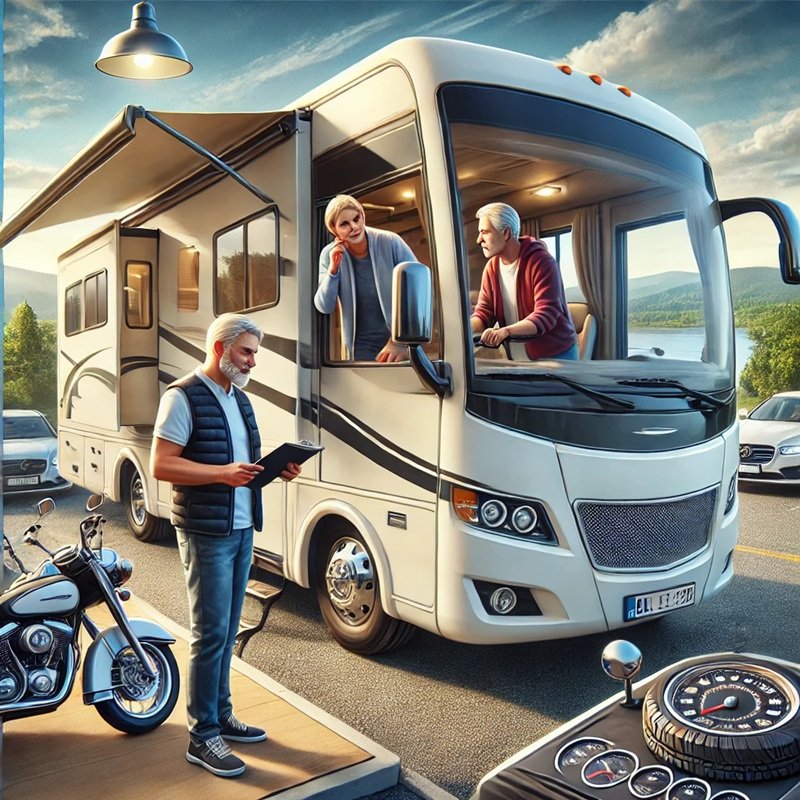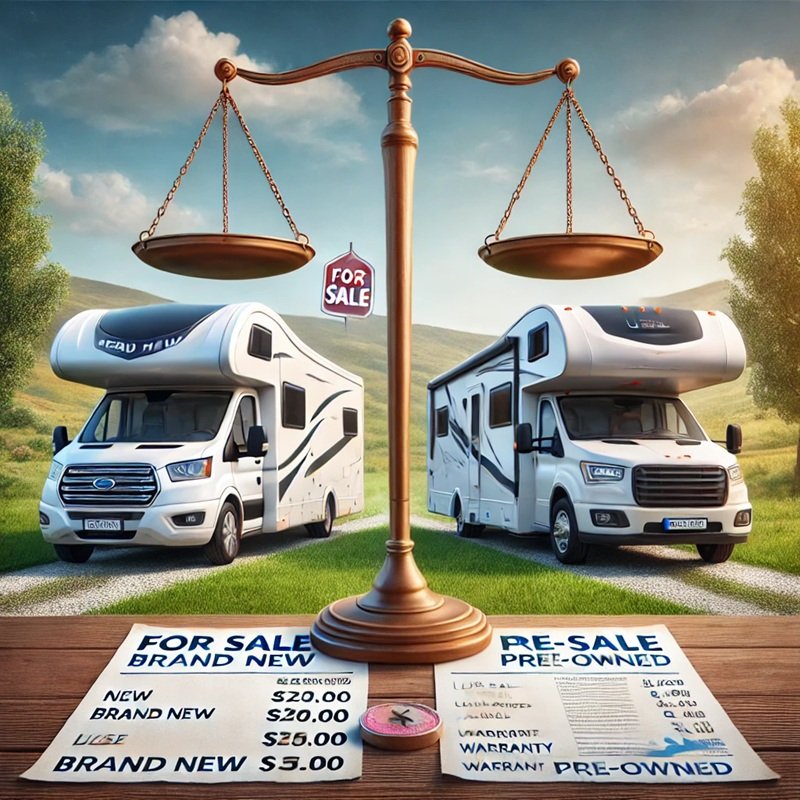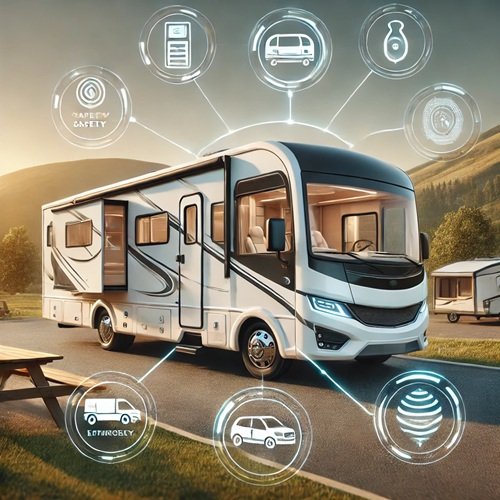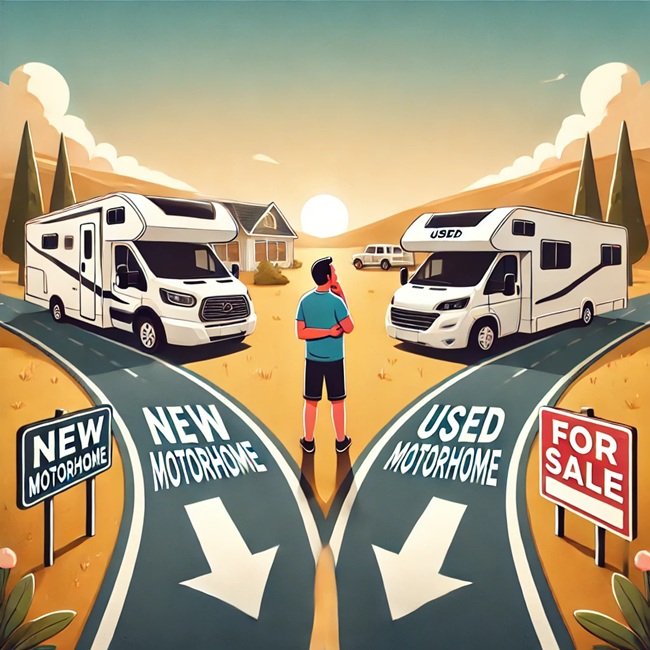Buying a motorhome is a significant investment, and ensuring you select the right one requires careful consideration. So far in this series, we have covered four critical steps in the motorhome purchasing journey. First, we explored the importance of determining a realistic budget that includes not just the purchase price but also long-term costs like insurance, fuel, maintenance, and campsite fees. Next, we examined how assessing your travel needs plays a crucial role in determining the ideal motorhome size, layout, and features.
In Step Three, we delved into the different types of motorhomes, from the luxurious Class A models to the compact Class B campervans and the versatile Class C options, ensuring you choose the right vehicle based on your travel preferences and storage requirements. Most recently, Step Four helped weigh the pros and cons of purchasing a new or used motorhome, factoring in depreciation, warranties, upfront costs, and long-term reliability.
With these foundational steps complete, we now move on to an essential phase of the buying process: inspecting and test-driving the motorhome. Whether you choose a new or pre-owned vehicle, a thorough inspection and a test drive will help you assess its condition, functionality, and comfort before making a final decision.

Why a Detailed Inspection is Crucial
A motorhome is more than just a vehicle—it’s your home on wheels. Ensuring that everything is in working order will help you avoid costly repairs and unpleasant surprises after purchase. A proper inspection covers the motorhome’s engine, electrical and plumbing systems, appliances, and overall structural integrity.
Exterior Inspection
Start with a visual assessment of the exterior. Look for signs of rust, dents, or damage, especially around the roof and windows. Check that all doors, storage compartments, and seals are in good condition. Ensure the awnings extend and retract properly, and inspect the condition of the tyres for any signs of excessive wear or cracking.
Interior Inspection
Step inside and evaluate the general cleanliness and condition of the furnishings. Check for signs of water damage, mould, or leaks around windows, ceilings, and flooring. Turn on all interior lights and appliances, including the refrigerator, stove, oven, and heating or air conditioning units, to confirm they function correctly. Open cabinets and storage compartments to assess their space and usability.


